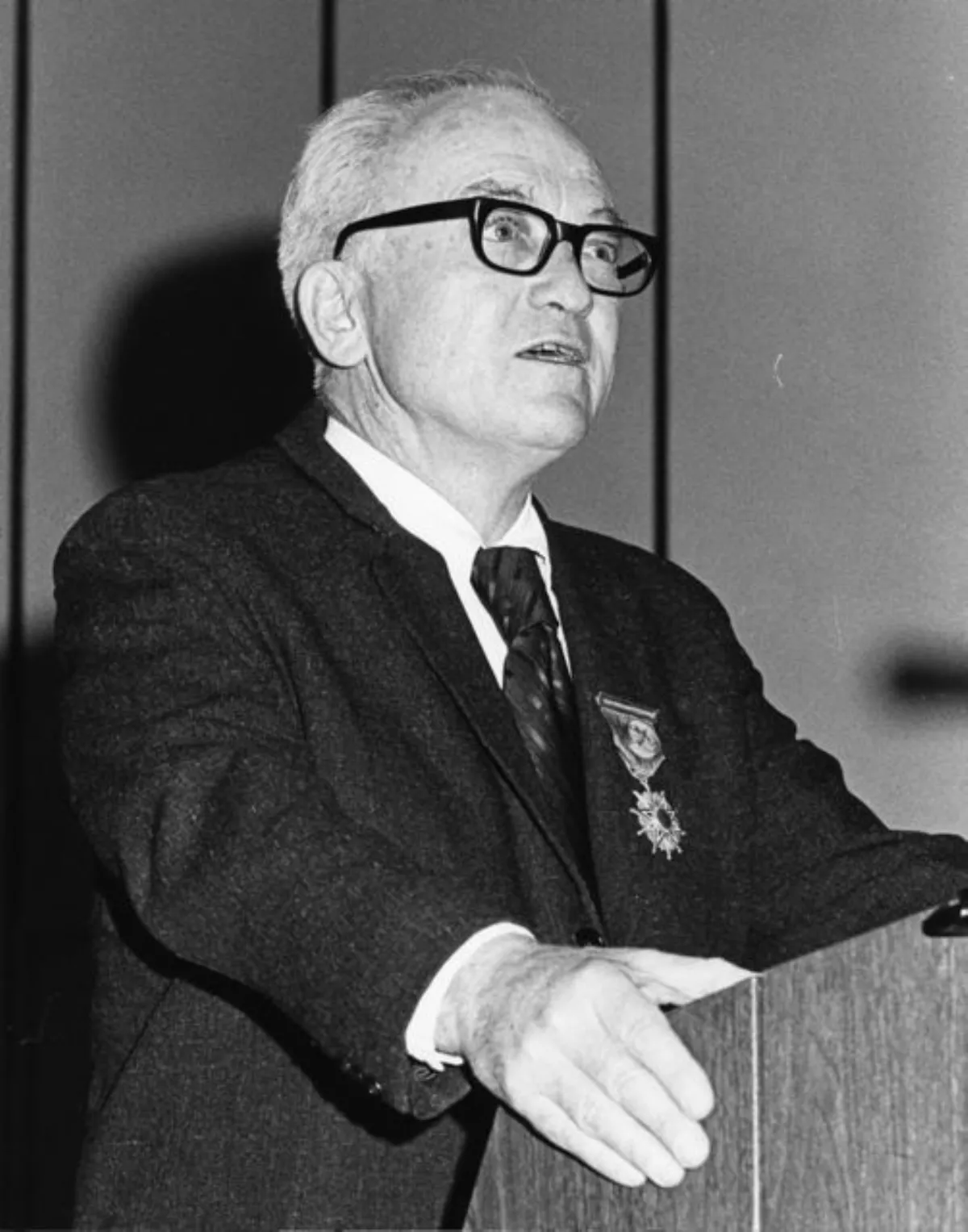 1.
1. William Mulloy earned a BA in anthropology from the University of Utah, where he had distinguished himself both in the classroom and on the wrestling team.

 1.
1. William Mulloy earned a BA in anthropology from the University of Utah, where he had distinguished himself both in the classroom and on the wrestling team.
From Louisiana, William Mulloy went to Illinois where he began graduate studies at the University of Chicago, then one of the world's foremost graduate schools of Anthropology and Archaeology.
In 1943, William Mulloy received his commission in the Counter Intelligence Corps.
An outstanding linguist, William Mulloy first learned Japanese and then became a Japanese language instructor in order to prepare US military officers for the invasion and occupation of Japan.
Five years after joining the faculty in Wyoming, William Mulloy returned to Chicago and successfully defended his doctoral dissertation, A Preliminary Historical Outline for the Northwest Plains, still a standard work in the field of North American Plains Indian society.
George Carr Frison, once a professor of anthropology, recalled that when he came to UW in 1962 as a 37-year-old freshman, except for an occasional visiting lecturer, William Mulloy taught all of the courses offered by the university in anthropology.
William Mulloy's engaging classroom presence brought him such honors as the Omicron Delta Kappa Award for outstanding teaching.
In 1968, William Mulloy established the Wyoming Anthropological Museum and served as its curator until his death.
William Mulloy undertook extensive research projects in North American Plains Indian and Southwestern Indian archaeology.
William Mulloy investigated sites in New Mexico, Wyoming, and Montana.
Early in his career, William Mulloy analyzed and interpreted the data collected at a prehistoric campsite near Red Lodge, Montana by parties from the Montana Archaeological Survey during their field work in 1937 and 1938.
William Mulloy replaced H Melville Sayre as the director of a WPA project at Pictograph Cave from October, 1940, until February, 1942.
From 1951 through 1954, William Mulloy supervised the investigation of an 8000-year-old bison kill site near Laramie.
William Mulloy designated the extraordinarily skillful example of oblique parallel flaking an Allen point.
Together with his colleagues, William Mulloy began preliminary investigations of the little-known archaeological sites of Rapa Nui.
Shortly after his initial survey of Rapa Nui, William Mulloy recognized the tremendously rich archaeological character of the island, its significance for understanding Oceanic prehistory and its potential to become an outstanding open-air museum of Polynesian culture.
From 1955 to his untimely death in 1978, William Mulloy would make more than twenty trips to Rapa Nui.
William Mulloy later edited and translated a series of radio-broadcast lectures on Rapa Nui ethnology and prehistory that Padre Sebastian had originally prepared for Chilean naval personnel stationed in Antarctica.
In 1978, in recognition of his distinguished and unselfish work on behalf of the Rapa Nui community, William Mulloy was named Illustrious Citizen of Easter Island, by then mayor Juan Edmunds Rapahango.
William Mulloy died of lung cancer in Laramie, Wyoming, on March 25,1978.
William Mulloy's remains were interred on Rapa Nui in full view of the Tahai Ceremonial Complex, one of his more important restoration projects.
For many years, the William Mulloy Library had been maintained in Vina del Mar, Chile by the Easter Island Foundation, who supported it, added to its collection and planned its eventual transfer to the island.
Emily Ross William Mulloy, who died in 2003 at her home at 'Ualapu'e on Moloka'i in Hawai'i, is buried with her husband at Tahai.